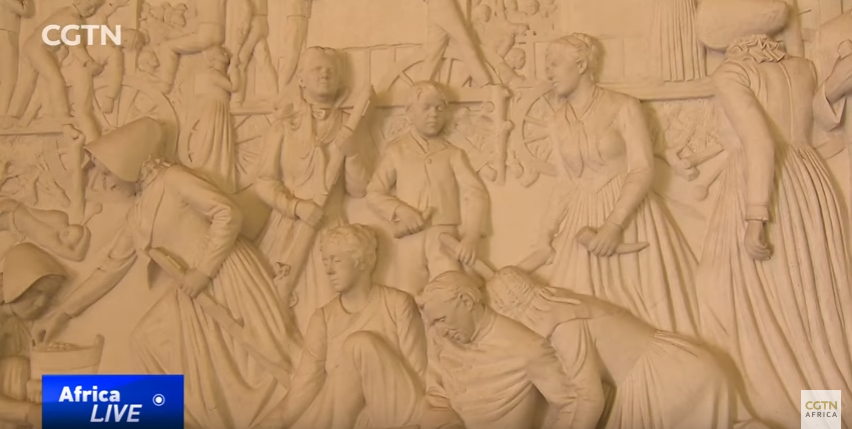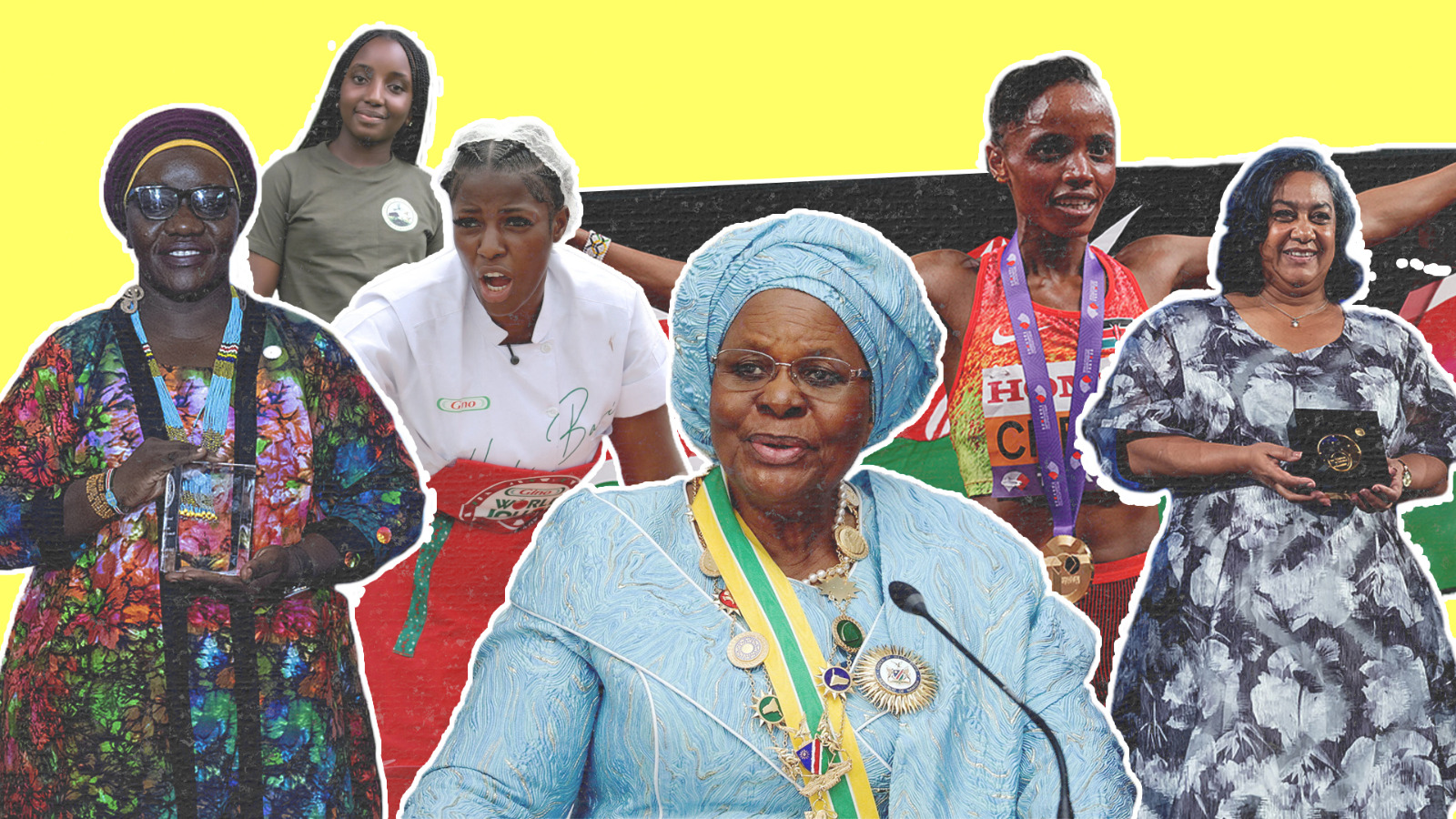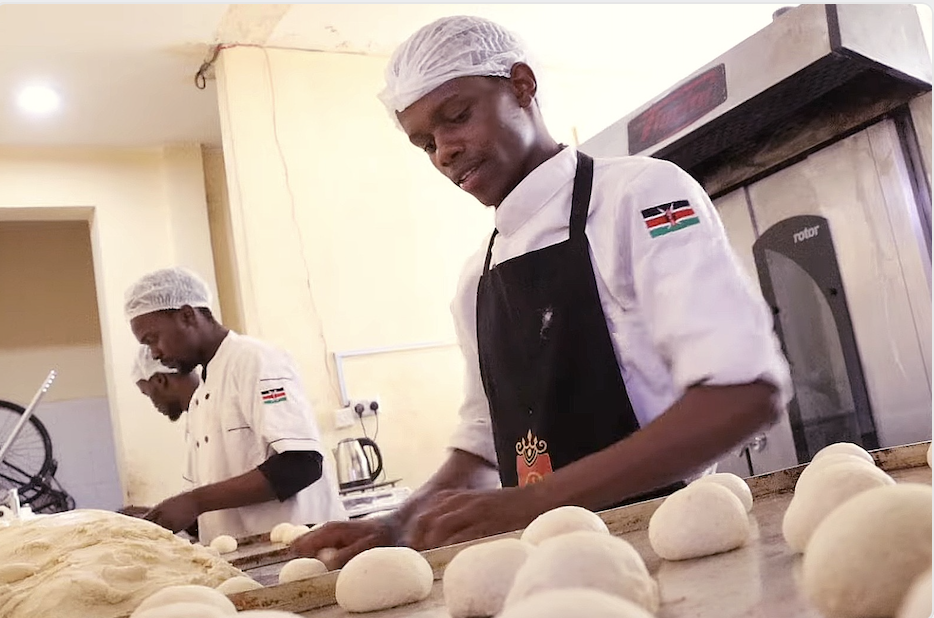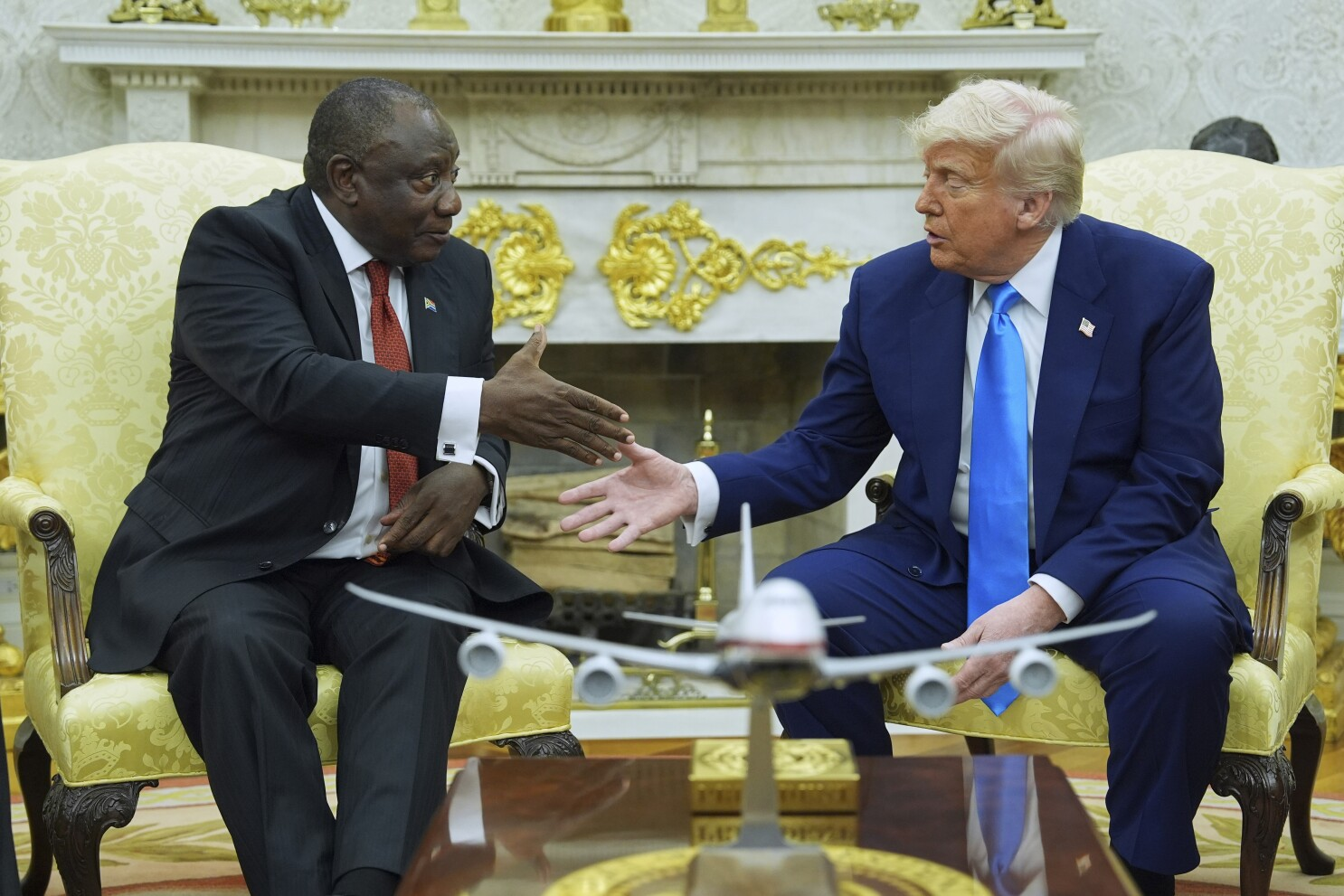
South Africa’s Afrikaner people: Past, present, and future
The Voortrekker Monument dominates one of the hills in the South African capital, Pretoria.
It was built to commemorate the movement of the Afrikaner people into the interior of the country, an impressive feat by all accounts.
“It makes sense that this is such an Afrikaner icon, because If you go back I history you will find that during the time of the Great Trek, the pioneer period – when 20 thousand people left the Eastern Cape and they relocated to Kwa-Zulu Natal and then they moved to the more northern parts of where we are standing now, and the period was followed by 20 years of independence and two boer republics.” Said Christo Rabie, Education Manager, Vootrekker Monument
It’s undoubtedly an impressive monument. But the Afrikaner people have a problematic history with this country ETC.
Apartheid was created by the Afrikaners.
Segregation had always been a feature in South Africa.
But under the Afrikaner government, the Apartheid policy was stricter and more systematic from 1948.
And the future of the Afrikaner was forever changed when South Africa gained its freedom from Apartheid in 1994.
“I think any South African that tells you he is not untouched either in his heart of ideologically, with the changes after 94. If you can say that then you live in a cocoon. Even management on the premises, we are very aware of the changes, so we participate in national building and social cohesion.” Said Christo Rabie
So, what is the future of the Afrikaner people? Well, it’s important to realise that they too are a diverse bunch. On the slopes outside Pretoria’s Union Buildings we find out more.







